Customer Satisfaction (Csat) is one of the most widely used metrics to measure the effectiveness of call centers. As organizations increasingly focus on providing excellent customer service, Csat has become a go-to tool for assessing whether customers are happy with their interactions.
However, despite its widespread use, there are several misconceptions surrounding Csat that can misguide businesses and prevent them from achieving optimal customer experiences.
In this blog, we will explore some of the most common misconceptions about Csat in the call center environment. By debunking these myths, businesses can better understand how to truly improve customer satisfaction and optimize their call center operations.
1. Satisfied Customers Don’t Always Become Advocates for Your Brand
It’s a common belief that if a customer is satisfied with a product or service, they will readily become an advocate for your brand, recommending it to friends, family, or colleagues. However, this is not always the case.
SQM's research reveals that very satisfied customers—those who give the top box response—typically share their positive experience with only one person, and, surprisingly, 55% of these customers share nothing at all. This highlights a key point: even when a call center performs flawlessly, the likelihood of customers spreading the word is low. One major reason for this is that 93% of customers expect their issue to be resolved in a brief phone call, and in most cases, the call is over quickly.
This statistic—where 55% of very satisfied customers remain silent—demonstrates why it's challenging for call centers to generate new customers. Furthermore, the fact that a dissatisfied customer will typically tell three people underscores a crucial message from SQM: the primary goal of most call centers should be to protect existing customers from churn, rather than focusing on getting them to recommend the brand to others.
Research shows that customers who are emotionally connected to a brand are more than twice as likely to recommend it compared to those who are merely satisfied. This underscores the importance of nurturing not only satisfaction but also emotional engagement and rapport.
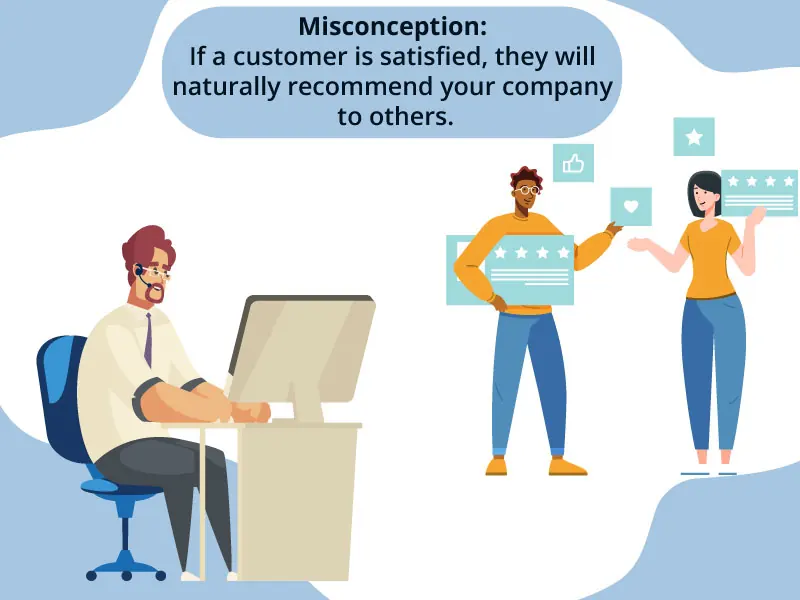
2. Call Centers Must Always Strive to ‘Wow’ Customers
When we think about excellent customer service, many imagine creating moments of "wow"—exceeding expectations and delighting customers in every interaction. While delivering these moments can certainly leave a lasting impression, it’s not always necessary, nor is it always practical for improving Csat scores.
SQM's research indicates that 32% of customers do not have their issue resolved on the first call. Focusing on trying to delight or "wow" customers—especially when a third of them aren’t getting their issues resolved on the first call—is both impractical and costly.
Instead, the goal should be to ensure that 80% or more of customers achieve First Call Resolution (FCR), rather than always aiming to delight them. Unfortunately, only 5% of call centers meet the world-class Voice of the Customer (VoC) standard of 80% FCR.
The key advantage of prioritizing FCR is that for every 1% increase in FCR, there is a corresponding 1% improvement in overall Csat. SQM believes that achieving world-class FCR is synonymous with delivering exceptional customer service.
Many customers simply want their issues resolved without unnecessary complexity or delays. For instance, if a customer is calling in because of a billing error, they likely want a quick and clear resolution, not a surprise gift or overly elaborate gestures.
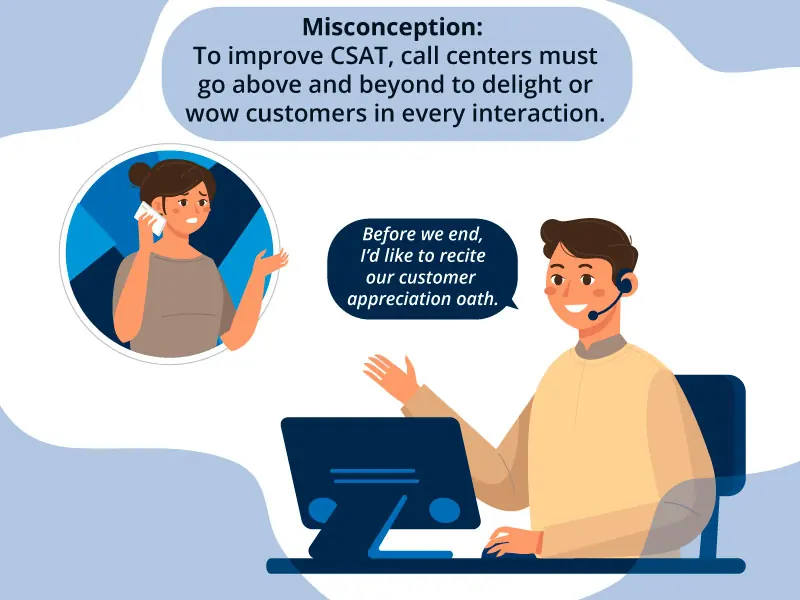
3. A Service Level of 80/20 Is the Secret to Achieving High CSAT
The 80/20 rule refers to the target of answering 80% of customer calls within 20 seconds. These kinds of service level targets are often seen as a direct path to high customer satisfaction. The logic behind this metric is simple: by answering calls quickly, customers will be happy and satisfied with the level of service they receive. However, while service levels are an important factor in managing call center efficiency, they do not always correlate with improved Csat scores.
SQM has benchmarked numerous call centers that meet the 80/20 service level standard, which is considered the industry norm. However, many of these call centers rank in the lowest quartile for FCR and Csat. Interestingly, SQM has also observed cases where FCR and Csat performance improved, even while service level performance decreased in some call centers.

4. Quality Assurance (QA) Programs Directly Improve Csat Scores
QA programs are crucial for monitoring call center performance and ensuring agents meet the company’s service standards. Many organizations believe that improving or expanding their QA programs will directly improve Csat scores, assuming that better monitoring will lead to better service and happier customers.
However, SQM’s research indicates that, in most call centers, there is minimal correlation between QA ratings and Csat or FCR scores. Through hundreds of QA case studies conducted with top North American call centers, SQM found that a significant 81% of agents showed no improvement in Csat, FCR, or call resolution from traditional QA evaluations.
The weak correlation between traditional QA assessments and FCR ratings stems from the fact that customers, not QA evaluators, are the true judges of whether an issue is resolved or whether FCR is achieved.
While traditional QA methods can provide valuable insights, they often have limitations. However, SQM Group has developed a revolutionary solution: the Post-Call Csat Prediction QA Model. By leveraging advanced techniques such as AI, machine learning, natural language processing (NLP), and regression analysis, this model can predict customer satisfaction with exceptional accuracy—up to 95% match to survey-based ratings.
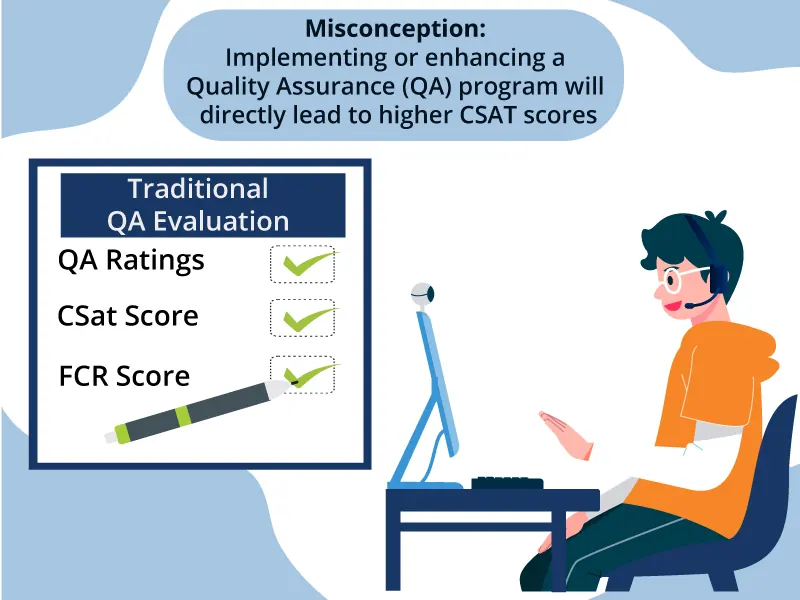
4.6




 Stars on G2 for mySQM™ Auto QA Tool Reviews
Stars on G2 for mySQM™ Auto QA Tool Reviews







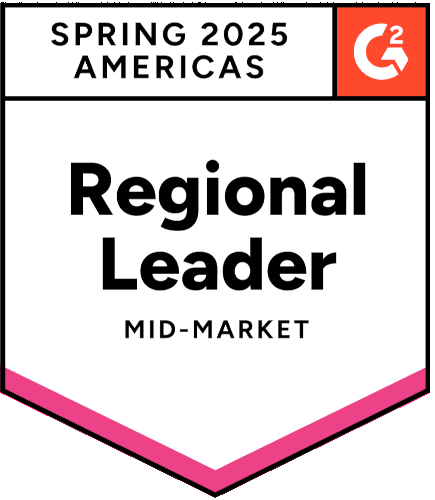



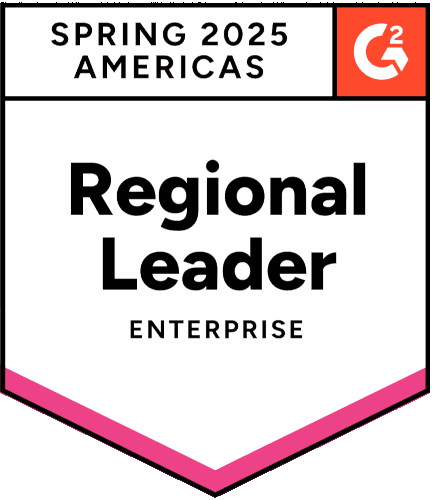
5. High Employee Satisfaction Automatically Leads to High Csat
Many believe that happy employees will naturally translate into happy customers. The reasoning is simple: if agents are satisfied with their work environment, feel motivated, and have positive morale, they will deliver better service, and this will result in higher customer satisfaction.
However, the reality is that while employee satisfaction is undeniably important, it does not guarantee that customers will be satisfied. Happy employees may still struggle to meet customer expectations if they lack the right tools, training, or clear processes.
Customer satisfaction is a complex metric that depends on various factors, including how well agents are equipped to solve customer issues, the quality of the interaction, and the efficiency of the overall service process.
A positive work environment can certainly contribute to better customer interactions, but it should be paired with proper resources, ongoing training, and the right performance metrics. Moreover, call centers that focus solely on employee satisfaction without addressing other critical elements of CX—such as product knowledge, process optimization, or clear communication—may still see low Csat scores, regardless of how content their employees are.
Ultimately, employee satisfaction is a piece of the puzzle, but it must work alongside other factors—like agent competence, operational efficiency, and a customer-centric culture—to drive true improvements in Csat.

